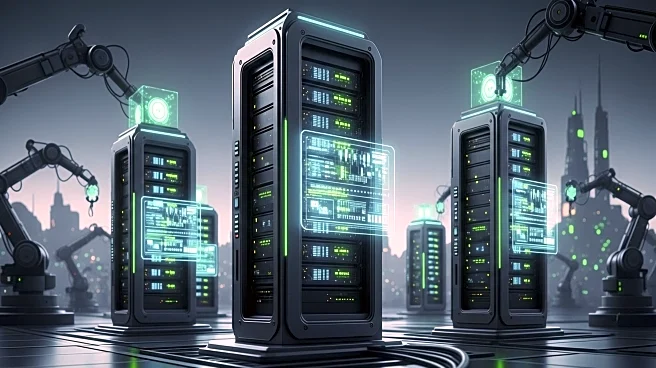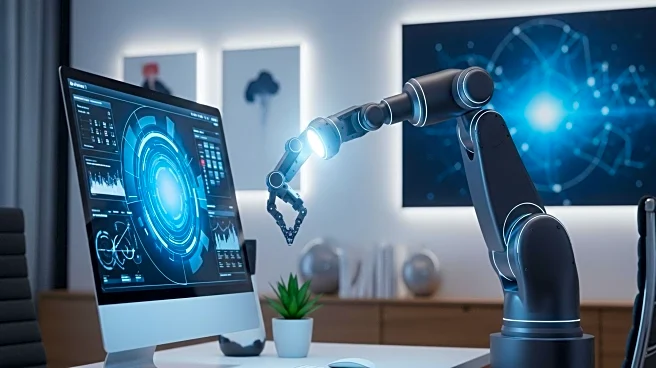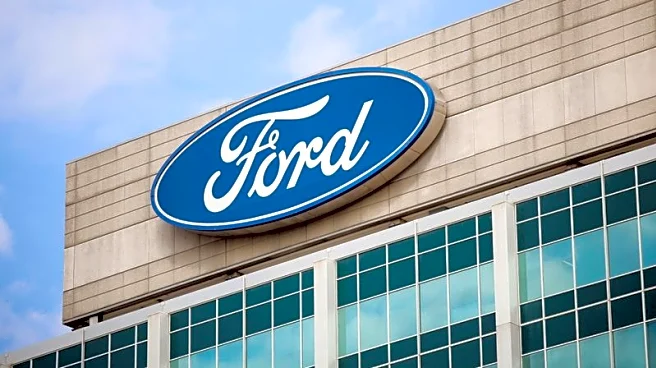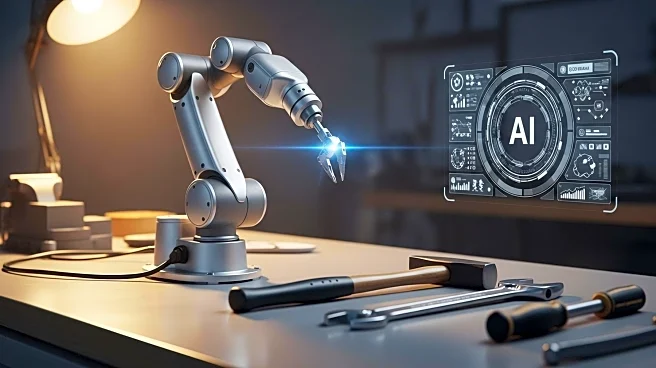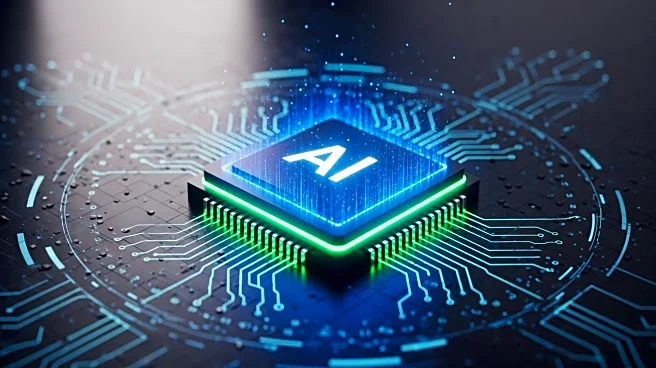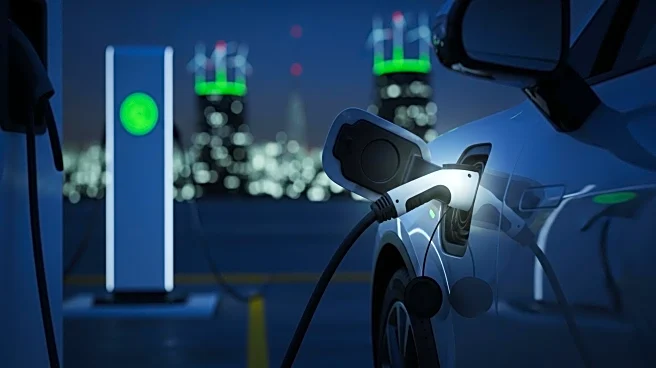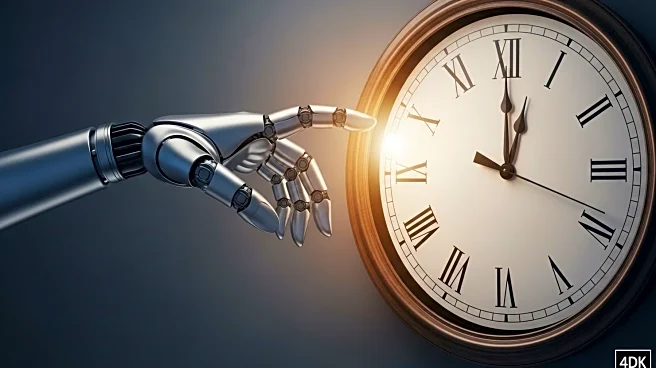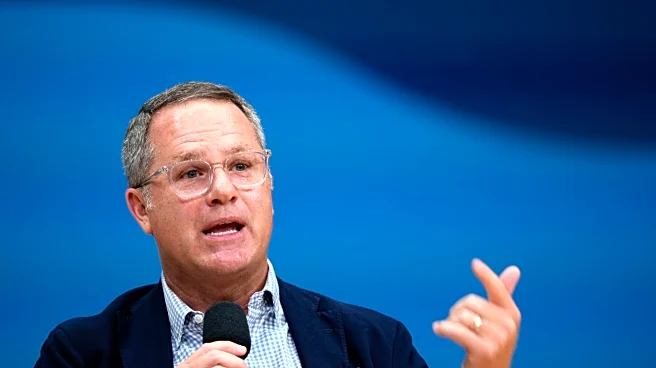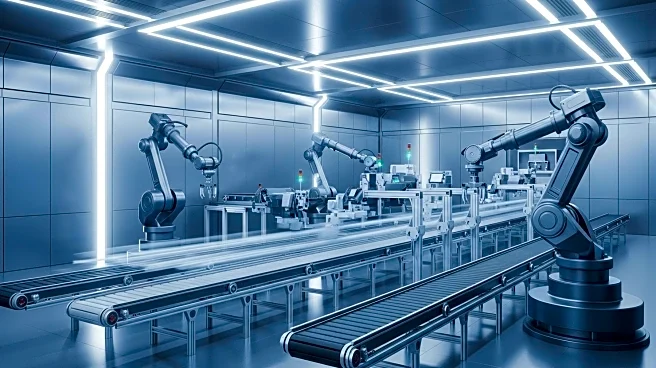What's Happening?
Ford CEO Jim Farley has raised concerns about the shortage of blue-collar workers needed to construct AI data centers and operate factories, which he describes as a crisis affecting the 'essential economy.' This sector contributes $12 trillion to the U.S. GDP, yet faces significant recruitment and retention challenges. Farley warns that while AI is expected to grow into a $4.8 trillion market by 2033, the U.S. lacks the labor force to support this expansion. The shortage is attributed to an aging workforce and restrictive immigration policies. Farley emphasizes the need for increased vocational training and policy changes to address these issues.
Why It's Important?
The labor shortage in blue-collar sectors poses a significant threat to the U.S. economy's ability to capitalize on AI advancements. As AI technology continues to expand, the demand for skilled tradespeople to build and maintain necessary infrastructure is critical. The shortage could hinder the U.S.'s competitive edge in the global market and slow down technological progress. Addressing this issue is vital for sustaining economic growth and ensuring that the benefits of AI are fully realized. The situation calls for strategic investments in workforce development and policy reforms to attract and retain skilled labor.
What's Next?
To mitigate the labor shortage, Farley advocates for increased investment in vocational training and apprenticeship programs. He also calls for policy changes to support trade and regulatory reforms that enhance capacity-building. These measures aim to create a sustainable workforce capable of supporting AI infrastructure development. As the demand for data centers and skilled labor continues to rise, stakeholders will need to collaborate on solutions that address both immediate and long-term workforce challenges. The success of these initiatives will be crucial in maintaining the U.S.'s position as a leader in AI technology.

